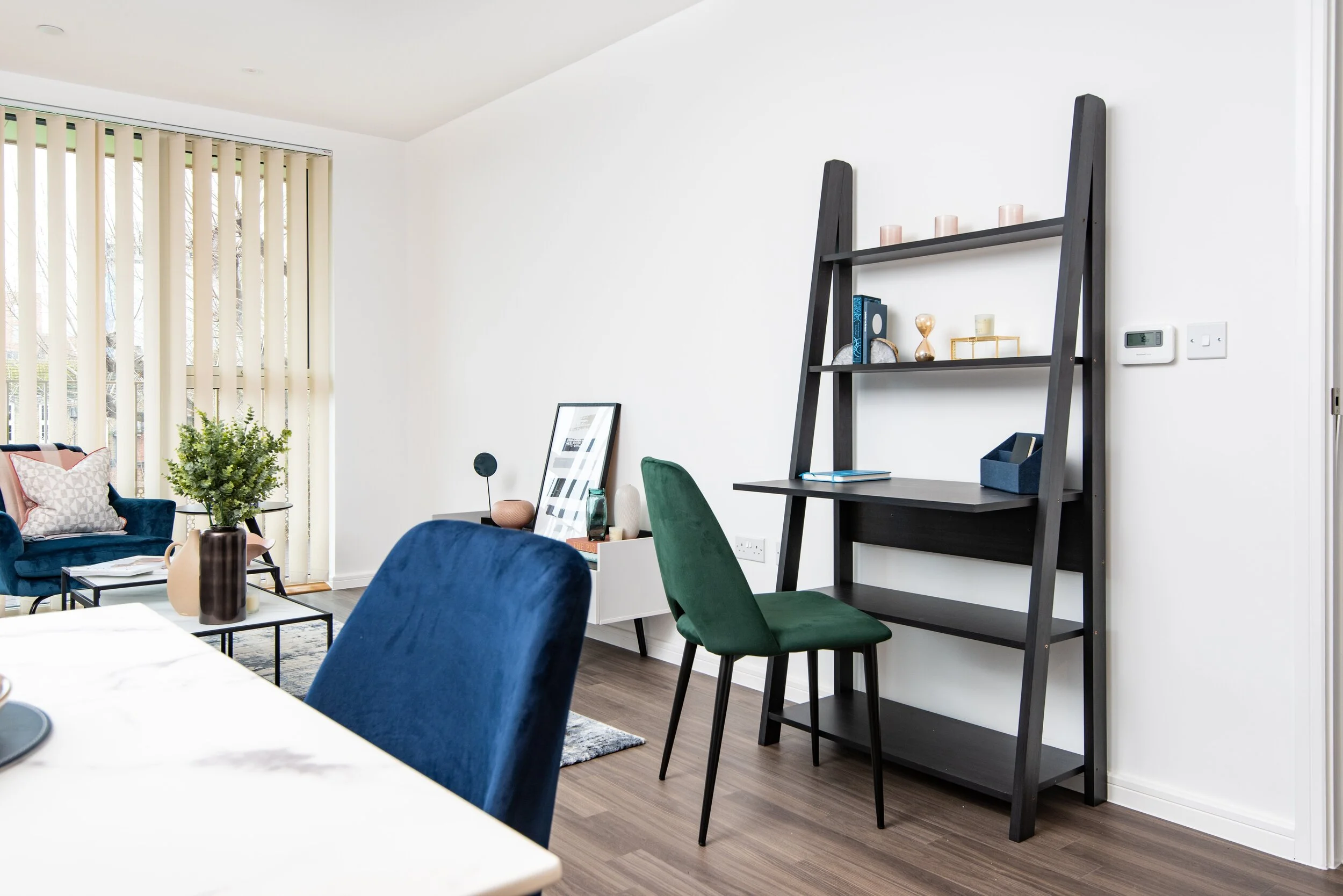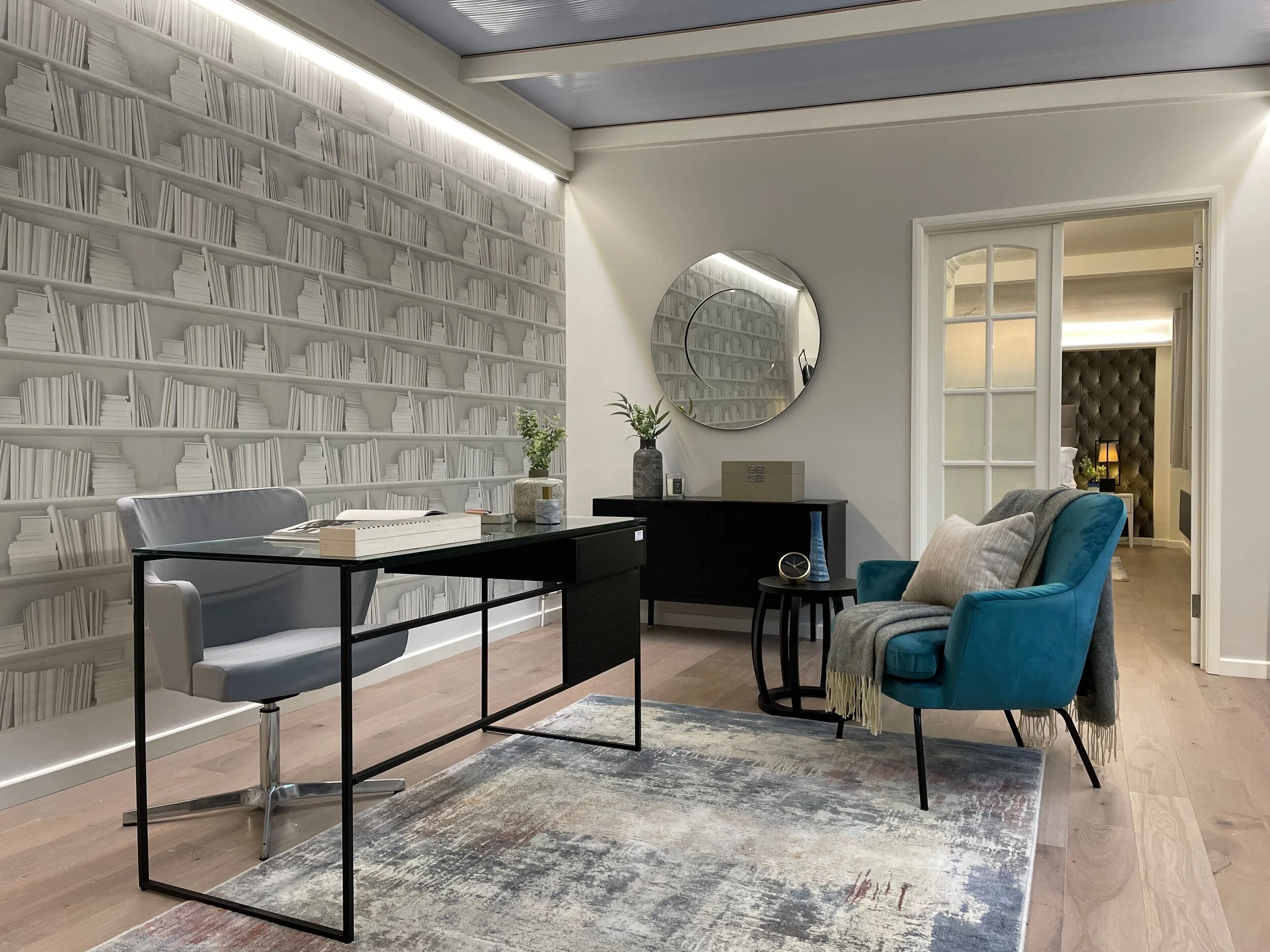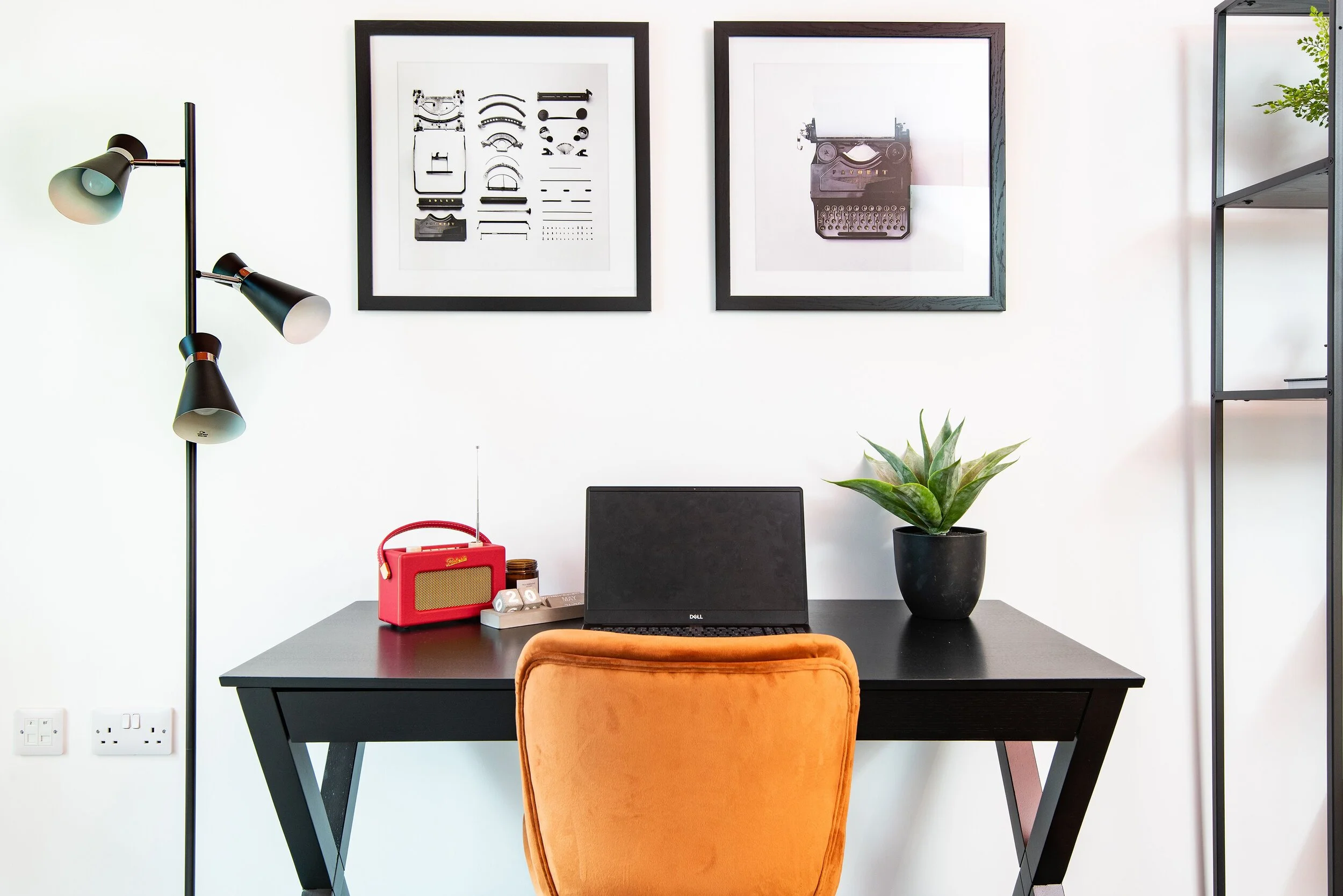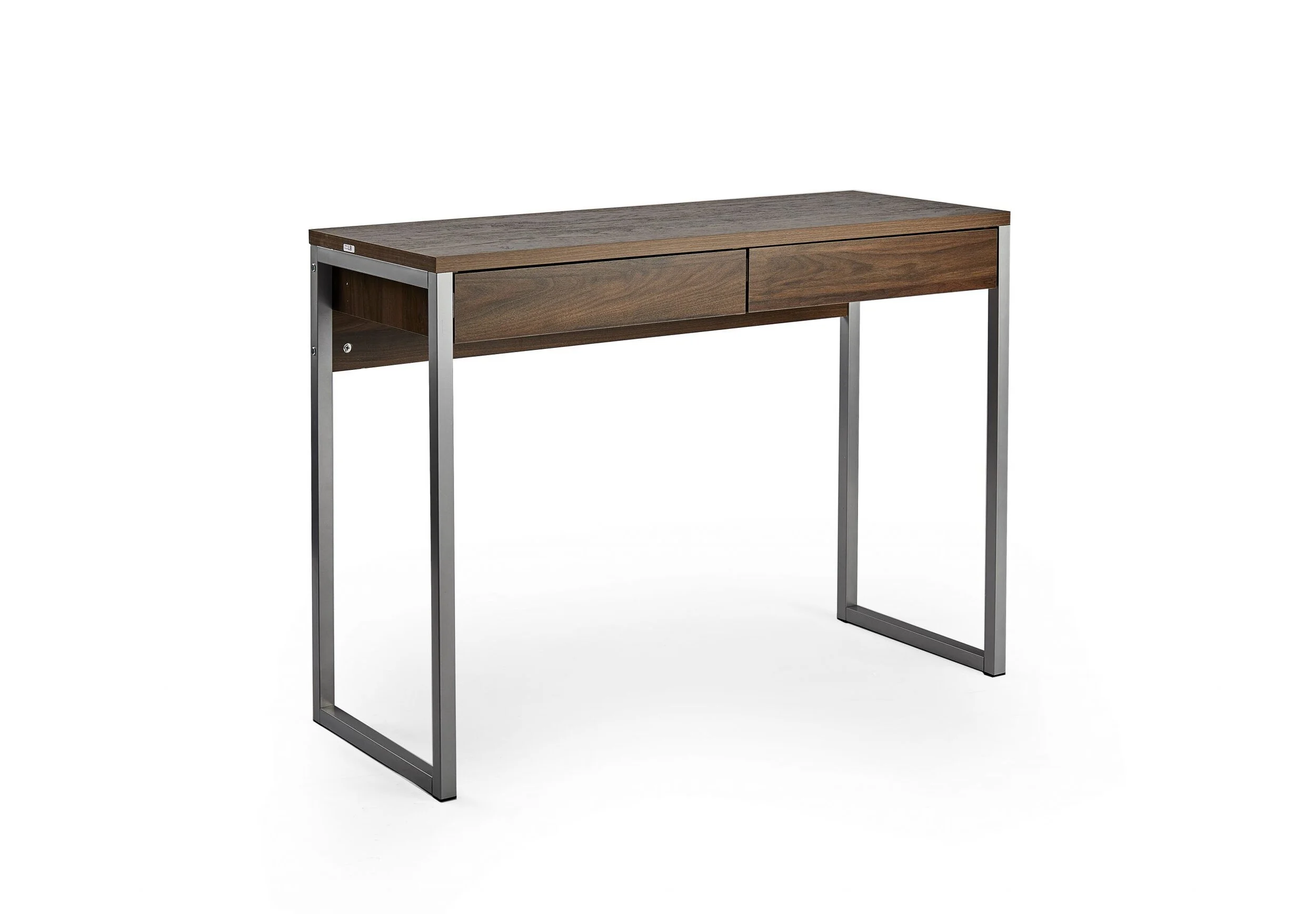5 Tips for Working from Home in a Small Space
David Ives is Head of Middle East and Senior Business Development Manager at David Phillips. In this article, he shares some tips to make work-from-home spaces more productive.
Due to the pandemic, working from home has become the new normal and many people do not have a dedicated home office in their house, often sharing spaces with friends, family or partners.
A home office in small quarters needs to be dual purposed, so your setup does not have to be a self-contained, independent space. As long as an ‘office zone’ is established during your working hours, you can create the optimum working environment. Our expert designer, Tali Leggett says, ‘We’ve worked with a number of clients to make use of underused spaces in the home such as under the stairs, large hallways or alcoves.’
We understand that incorporating a workspace into a small home may be challenging, but our designers have some top tips to inspire some productive spaces.
Tip 1: Maximise your storage
A well-designed workspace can increase your productivity. Workspaces should be clutter-free as mess can be a distraction. Storage space is helpful when reducing clutter and if you are dual purposing an area of your home as an office, it is useful to have somewhere work items can be stored at the end of the day to ensure you can properly switch off. Desks with drawers or adding shelving around the workspace are useful for extra storage.
Tip 2: Invest in a good quality chair
An ergonomic desk chair is a home office must-have as it provides postural support and reduces back and neck pain. Ergonomic chairs have adjustable seat height to prevent neck strain and back slouching. A chair with lumbar support is also essential as it supports your back and corrects your posture when sitting.
Tip 3: Add a decorative detail
A worthy addition to any home office is artwork, as it has been demonstrated to increase productivity and inspire creative thinking. Additionally, artwork can be used to spruce up your Zoom background. However, the background shouldn’t be too crowded that attention is drawn away from you.
Tip 4: Prioritize light
It is important your office is well-lit, as working in a dim room can cause you to feel tired and lose focus. Ideally, your workspace should incorporate natural light as much as possible, as natural light reduces stress, improves mood and increases productivity. In a small home, however, this may not be possible; therefore, a task light will do wonders. If you are short on desk space, a wall or floor mounted light works great. For the best lighting in Zoom calls, you should sit in front of the brightest light source in the room and have no windows behind you that might give a large amount of backlight.
Tip 5: Slimline your furniture
Slimline furniture takes up less room and therefore does not dominate space, meaning the area blends subtly into the rest of the room.





